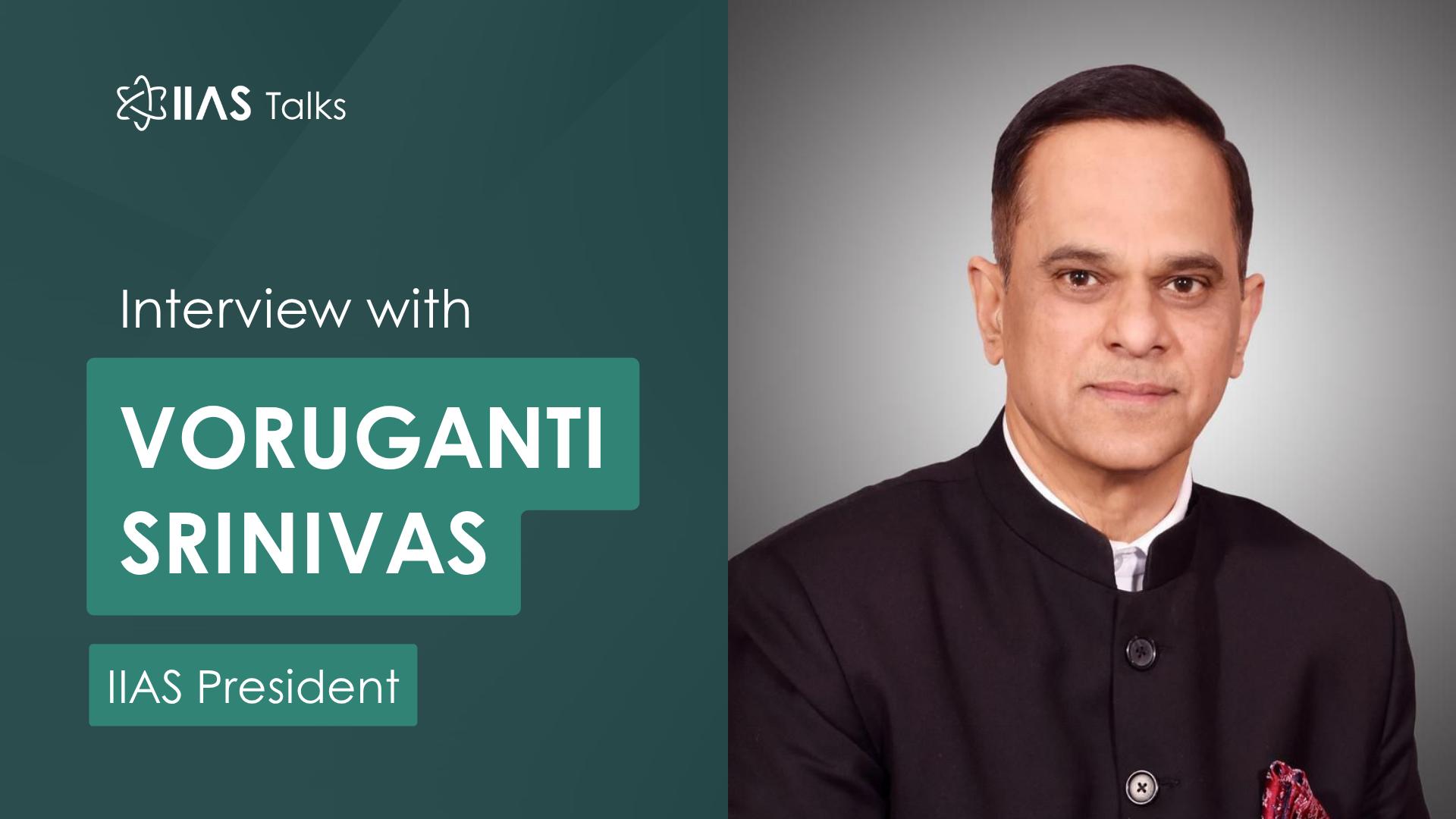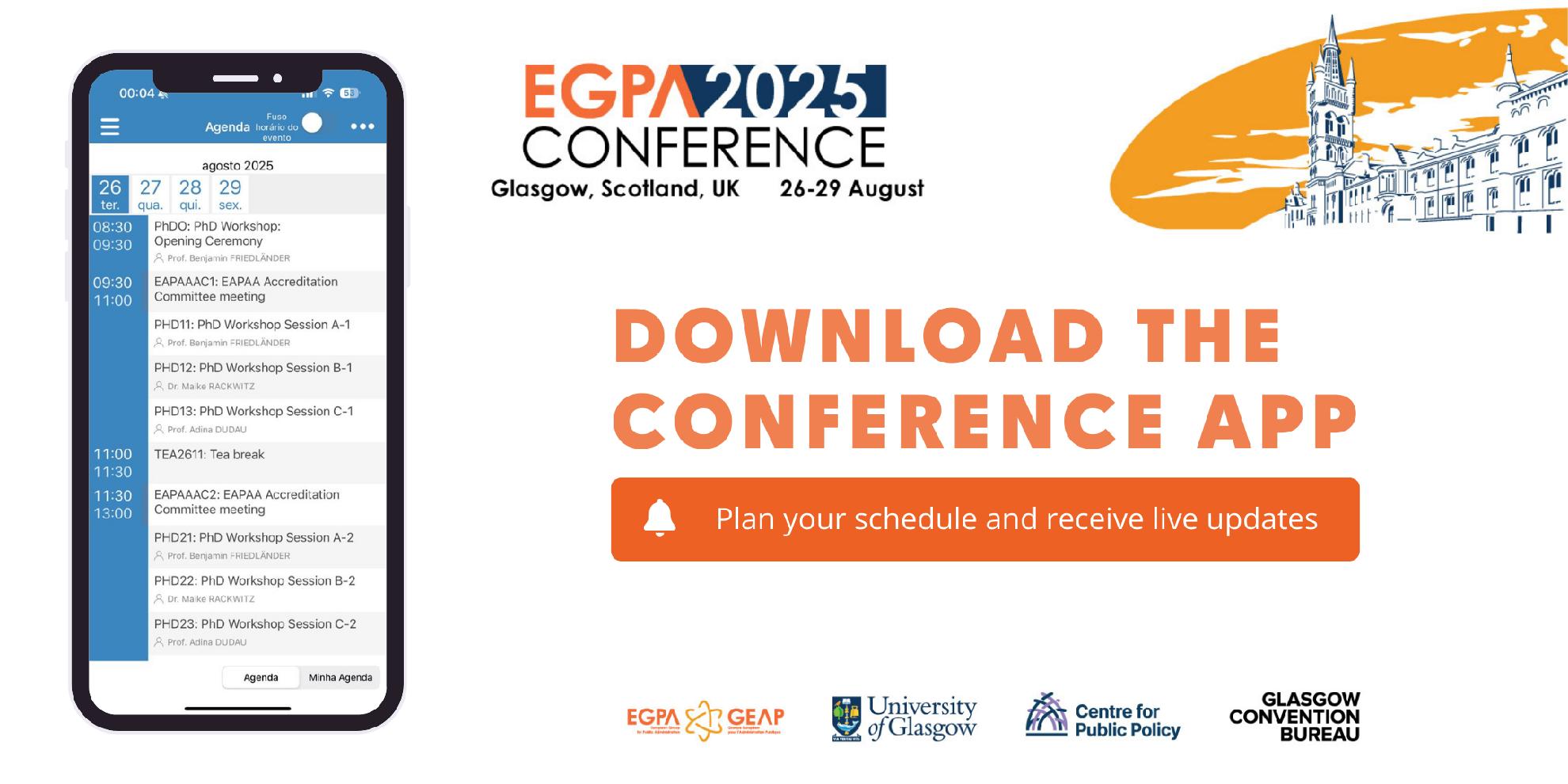𝗜𝗻𝘁𝗲𝗿𝗻𝗮𝘁𝗶𝗼𝗻𝗮𝗹 𝗖𝗼𝗹𝗹𝗮𝗯𝗼𝗿𝗮𝘁𝗶𝘃𝗲 𝗚𝗼𝘃𝗲𝗿𝗻𝗮𝗻𝗰𝗲 is the central theme of the IIAS-KSG Mombasa Conference 2024. If you are interested in the topic, check out this reading list referenced in our call-for-papers.
- Ansell, C., & Gash, A. (2007). Collaborative Governance in Theory and Practice. Journal of Public AdministrationResearch and Theory, 18(4), 543-571. https://doi.org/10.1093/jopart/mum032
- Bovaird, T. (2007). Beyond Engagement and Participation: User and Community Coproduction of PublicServices. Public Administration Review, 67(5), 846-860. https://doi.org/10.1111/j.1540-6210.2007.00773.x
- Brandsen, T., Steen, T., & Verschuere, B. (Éds.). (2018). Co-Production and Co-Creation: Engaging Citizens inPublic Services (1re éd.). Routledge. https://doi.org/10.4324/9781315204956
- Bratton, M., & Walle, N. V. de. (1994). Neopatrimonial Regimes and Political Transitions in Africa. World Politics,46(4), 453-489.
- Denhardt, R. B., & Denhardt, J. V. (2000). The New Public Service: Serving Rather Than Steering. PublicAdministration Review, 60(6), 549-559.
- Hood, C. (1991). A PUBLIC MANAGEMENT FOR ALL SEASONS? Public Administration, 69(1), 3-19.https://doi.org/10.1111/j.1467-9299.1991.tb00779.x
- Kvangraven, I. H., Styve, M. D., & Kufakurinani, U. (2021). Samir Amin and beyond: The enduring relevance of Amin’s approach to political economy. Review of African Political Economy, 48(167), 1-7.https://doi.org/10.1080/03056244.2021.1896262
- Mbembe, A. (2001). 2. On Private Indirect Government. In On the Postcolony (p. 66-101). University of CaliforniaPress. https://doi.org/doi:10.1525/9780520917538-003
- Meyer, J. W., & Rowan, B. (1977). Institutionalized Organizations : Formal Structure as Myth and Ceremony. TheAmerican Journal of Sociology, 83(2,), 340-363.
- Moore, M. H. (1995). Creating Public Value: Strategic Management in Government. Harvard University Press.https://books.google.pt/books?id=Hm9uKVj0qDYC
- North, D. C. (1990). Institutions, Institutional Change and Economic Performance. Cambridge University Press.https://books.google.pt/books?id=oFnWbTqgNPYC
- Olivier de Sardan, J.-P. (2011). The Eight Modes of Local Governance in West Africa. IDS Bulletin, 42(2), 22-31.https://doi.org/10.1111/j.1759-5436.2011.00208.x
- Osborne, S. P. (2006). The New Public Governance? Public Management Review, 8(3), 377-387.https://doi.org/10.1080/14719030600853022
- Sørensen, E., & Torfing, J. (2011). Enhancing Collaborative Innovation in the Public Sector. Administration &Society, 43(8), 842-868. https://doi.org/10.1177/0095399711418768
- Torfing, J. (2019). Collaborative innovation in the public sector: The argument. Public Management Review,21(1), 1-11. https://doi.org/10.1080/14719037.2018.1430248
- Williamson, J. (Éd.). (1990). What Washington Means by Policy Reform? In J. Williamson, Latin AmericanAdjustment: How Much Has Happened? (p. 7-20). Institute for International Economics.
- World Bank. (1997). World Development Report 1997: The State in a Changing World. Oxford University Press.https://books.google.pt/books?id=kcCQjmmRZo4C
To know more about the IIAS-KSG Mombasa Conference 2024, access the following links.
_20250827135952.png)
_20250827135952.png)

